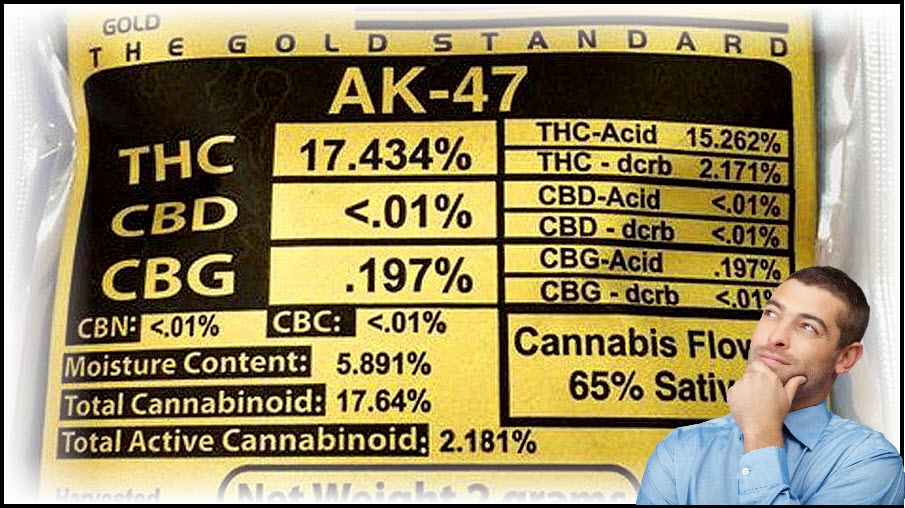
Beyond THC% – The Best Cannabis and Hemp Test Results That You Should Look At First
Recently it has been observed that the scientific and analytical testing communities have tried so hard to keep up with the exponentially moving cannabis and hemp industries. To get around this and also to reduce production costs, some cannabis entrepreneurs decided to only test the effectiveness of one product while the other tests were not done.
However, these tests must be done in order for a cannabis product to be classified as good enough for human consumption. These tests are carried out to ensure consumer confidence and to ensure that only quality products are supplied. Another important use in performing other tests is to save costs.
The future of the current industry rests on the willingness of multiple companies to do more than just one potency test. For example, a significant percentage of the hemp crops in Florida failed to harvest a few years ago. Breeders could not determine the cause as no tests were performed on samples prior to planting. The resulting costs were lost.
All of this could have been prevented if the right tests had been done at the right time.
Cannabis users’ health is at risk if they consume untested cannabis products, which may contain harmful by-products of manufacture.
The only way to certify a cannabis product suitable for consumption is to complete all of the required tests. This allows hemp and cannabis producers and retailers to boldly market their products while guaranteeing the best possible quality for end users.
With the exception of the efficacy tests, 6 other important tests must be carried out on a cannabis or hemp plant to confirm suitability for consumption.
What are these tests about and why are they necessary? Read on to find out more about it.
This is done before and after a seed is planted. The tests are carried out throughout the plant’s life cycle, i.e. before it is harvested from the soil.
Why is the test being carried out?
Tests are done before harvest to make sure the batch of marijuana is safe and effective. Samples are taken to test for contaminants and micronutrients. If a mistake is found, the farmer works quickly to correct it in a timely manner.
As these cannabis plants grow, there is a chance that they will pick up contaminants such as heavy metals and other chemical substances from the soil. Pre-harvest tests are carried out at regular intervals to identify and correct anomalies.
Usually only the floor needs to be treated and cleaned.
Micronutrients are also measured to ensure that an average plant or more will be obtained when harvested. Scientists measure to make sure they are available in the right amounts.
Medicines and products usually have a month and year of expiry and recommended storage conditions on their 420 packaging. This is no different with cannabis products.
Cannabis users expect to find this information about the products they are purchasing, especially if they are purchasing the product for medical reasons.
Hemp and cannabis are affected when exposed to changes in oxygen, light, and temperature. Over time, they also lose their quality and cannabinoids.
This can be prevented when the durability test is carried out.
Why is the test being carried out?
This test quantifies the longevity of a product. In addition, the chemical components of this product are analyzed and how they react to different environmental conditions.
With shelf life and stability tests, you know at what point your products lose their THC and CBD effectiveness, as well as other cannabinoids. You will also learn what environmental conditions a product needs in order to remain of good quality.
Residual solvents are unstable chemical compounds that are used to remove terpenes and cannabinoids from a plant. These organic chemicals are used to make fumes, foods, and tinctures.
However, it can be harmful if ingested in large amounts.
Acetane, butane, ethanol, propane are some of the remaining solvents found in cannabis products.
Why is the test being carried out?
Residual solvent tests detect the presence of contaminants, trace residues, and potentially harmful compounds. It is used to ensure that cannabis products are safe for consumption.
It is also used to confirm that the residual solvent in a product is available in appreciable quantities – no more, no less.
By performing this test, cannabis users can generally have peace of mind. This is because vitamin E acetate is a fat-soluble liquid that is sometimes used as a thickener in vapes.
This chemical, when inhaled, interferes with the normal activities of the lungs. And it can cause a lung condition called “vaping-related lung disease”.
Why is the test being carried out?
This test ensures that the product is clean and safe to use. It also reduces consumers’ risk of developing chronic diseases in the near future.
The unique taste and aroma of various cannabis plants and products can be attributed to terpenes. Terpene profile tests are performed to characterize terpenes and their synergy with cannabinoids.
They act as medical hydrocarbon building blocks with therapeutic effects.
The terpene profile of one plant is different from that of another plant
. It depends on the edaphic factors, the climate, as well as the type of product – a flower or an extract.
Why is the test being carried out?
Terrence profiling is done to ensure that ibis producers have an idea of the conditions under which each particular plant is most useful to treat. It helps to know the exact ingredients of a flower or an extract.
Flavonoids are readily available phytonutrients that have therapeutic properties when combined with the spectrum of compounds found in hemp.
Flavonoids are solely responsible for the light pigmentation of the flowers.
Why is the test being carried out?
Flavonoid profiling is done to determine the role of flavonoid compounds in preventing chronic diseases such as cancer.
In order to ensure a successful yield, cannabis producers must perform these analytical tests.
The more these tests are done by a few cannabis business owners, the more reluctant manufacturers would be willing to test their products.
Overall, these tests help commercialize the broad medical potential of cannabis and hemp.
Hope you found this article useful and informative …
.
BEYOND THC, READ MORE …

It’s not just about THC, other numbers look at weed too!

Post a comment: